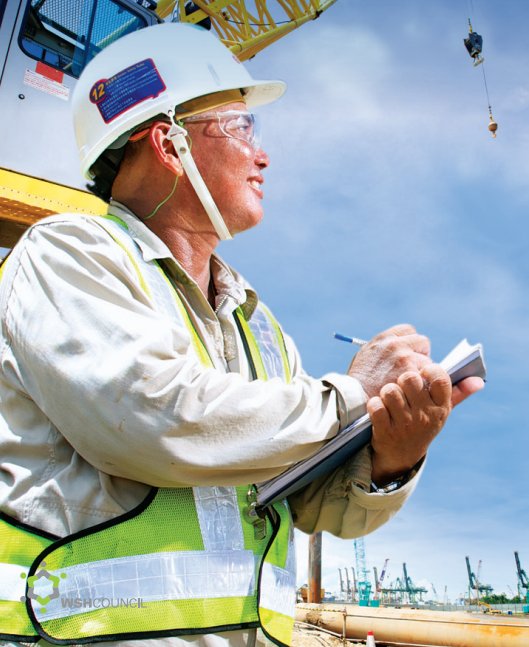
Guideline for Lifting Supervisors
Accident statistics show a concerning rise in workplace fatalities and dangerous occurrences involving lifting equipment, such as cranes, in recent years. These incidents often involve the failure or toppling of heavy lifting equipment or workers being struck by falling or swinging objects during lifting operations. These alarming trends highlight the need for significant improvements in crane and lifting safety practices across various industries.
This course is designed to address these challenges by providing comprehensive training on safe lifting operations. It emphasizes that the safe execution of lifting activities requires a coordinated effort from all stakeholders, including manufacturers, crane contractors, engineers, project managers, lifting supervisors, operators, and workers. Each party plays a crucial role in ensuring the safety of lifting work and must fulfill their responsibilities to prevent accidents.
The course particularly focuses on the role of the lifting team, comprising the lifting supervisor, crane operator, rigger, and signalman. The importance of proper planning, coordination, and supervision in lifting activities is a recurring theme, as many past accidents could have been prevented with better oversight. The lifting supervisor is central to ensuring safety, given the collaborative nature of the work. They are responsible for verifying that all involved parties are properly trained, competent, and adhering to safety protocols.
This training also introduces the "Guidebook for Lifting Supervisors," which serves as a valuable resource for those overseeing lifting operations. The guidebook outlines essential guidelines on the roles and responsibilities of supervisors, identifies common hazards associated with lifting, and provides practical insights into creating effective Lifting Plans, conducting Risk Assessments (RA), implementing the Permit-to-Work (PTW) system, and establishing Safe Work Procedures (SWP). Participants will also learn about recommended rigging and crane signals to enhance communication and safety during lifting activities.
By the end of the course, participants will be equipped with the knowledge and skills to ensure safer lifting operations, reducing the risks of accidents and protecting workers' lives.
Curriculum
- 0 Sections
- 0 Lessons
- 0 Quizzes
- 0m Duration
Share this Article
This Free Online Course Includes:
✓ Comprehensive Learning Materials
✓ Professional Certificate
✓ Final Assessment
Related Courses
CEOs Guide to Work at Height
Retake Course
Guide to Safe Riding on Motorcycles, Bicycles, PABs, PMDs and PMAs
Retake Course
Guide to Excavation for Trenches
Retake Course
Deleting Course Review
Course Access
This course is password protected. To access it please enter your password below:


